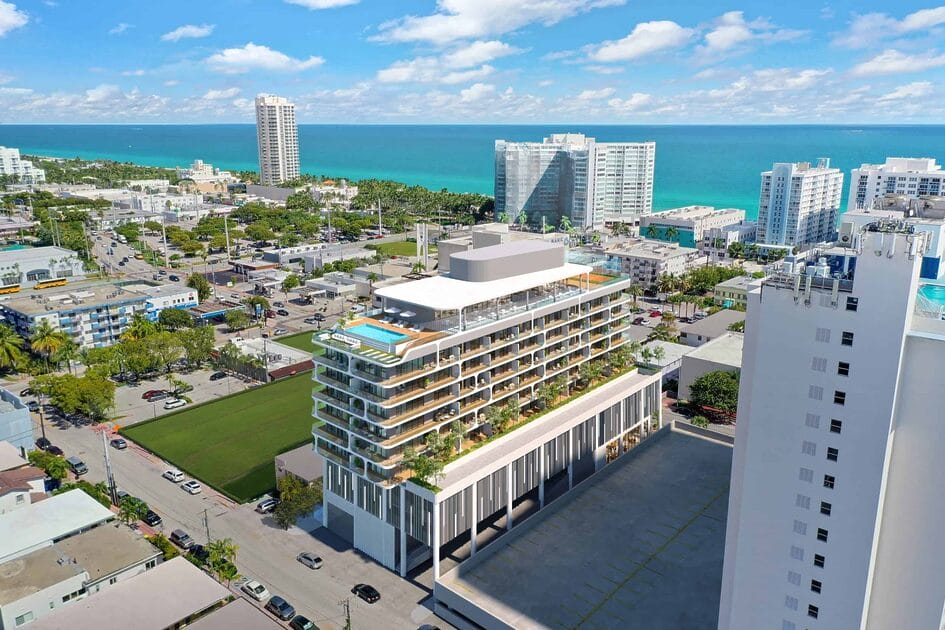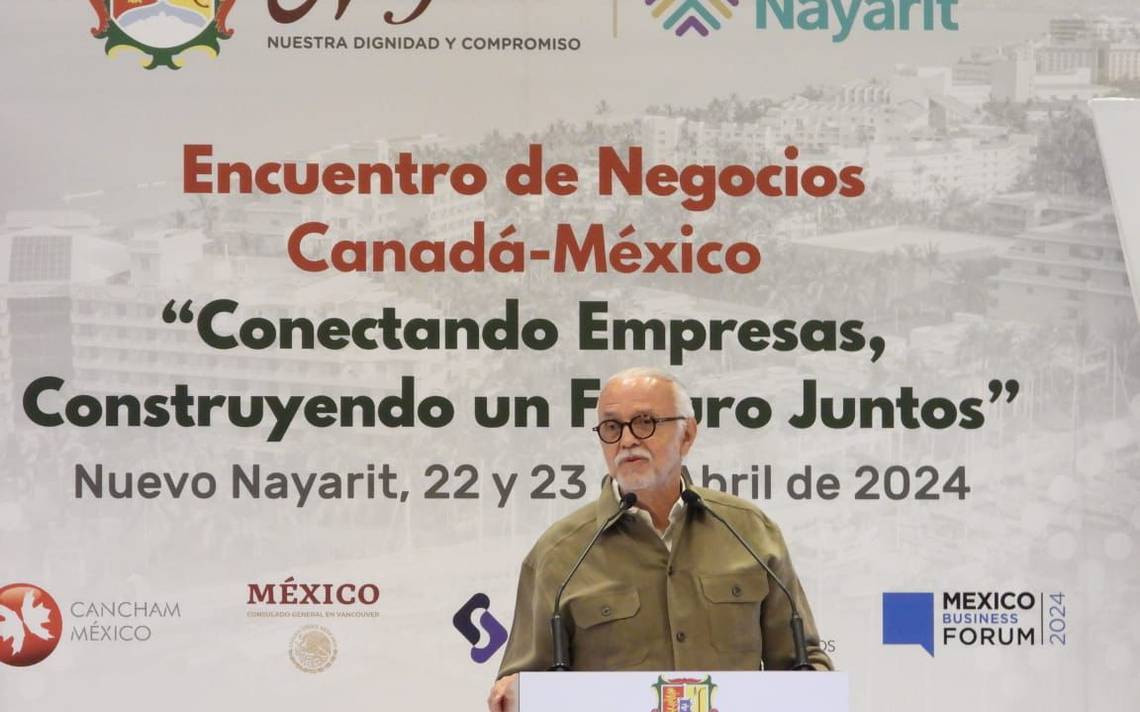The government just took a step this week that indicates progress on a long-overdue solution, but its delay has already been hard to justify. By Decree 269, of May 25, “the Minister of Economy has the right to sign, on behalf of the Argentine Republic, an agreement to amend and re-establish the credit line contract” to finance the construction of the Jorge Sibernik and Nestor Kirchner dams on the Santa Cruz River. This work, along with five other electrical infrastructure projects, were paralyzed during the four years of the Campimos government, and in some cases only partially started the new government. The strange thing is that in all these works there was funding from Chinese institutions., the support achieved in the framework of the alliance with the Asian giant during the government of Cristina Fernandez de Kirchner. Is it because of the Chinese presence in the decades that some government areas slow their progress? There are those who believe that. And they have their reasons.
Hydroelectric dams on the Santa Cruz River were included in the April 26 memorandum sent by Senator Oscar Barelli to the Committee on Mining, Energy and Fuel asking him to summon the Minister of Strategic Affairs of the Nation, Gustavo Pelez, to ask him to report the delay in approving funding for critical infrastructure work.
In the hands of Béliz is the key to approve the financing of these investmentswhich also because they are frozen during macrismo, in almost all cases they need a file signature addition Between the two parties to amend the terms and payment plans and in some cases even the amounts of credits agreed before 2015.
During 2020 and 2021, there were several requests for information, sometimes from contracting companies that awarded the works themselves, asking for clarifications about the delay in the update. The usual argument has been that participating Chinese financial entities, generally owned by the state, require Argentina’s prior approval with the IMF as a condition of confirming the granting of credits. But as of March of this year, this argument has lost its validity.
These are businesses of strategic importance in all cases. There are a total of six projects mentioned by Senator Barelli in his request. In addition to the Santa Cruz Dams, the Chihuido I Dam (Neuquén River), the Manuel Belgrano Thermal Power Plant, the AMBA I Power Ring (Transmission Line Reinforcement) and two major nuclear projects are mentioned: the Atucha III Power Plant and the internal development of the Karim modular reactor.
All are dependent on China agreeing to fund them, since before 2015. It is no secret that there is strong opposition from (current and former) US governments to this participation. In the cover note of Page 12 Last Sunday (May 22), the astonishing steps taken by Argentine Foreign Ministry officials between April 4 and 8 regarding nuclear projects were reported (note by Alejandra Dandan), with the express aim of excluding the Chinese contribution, whether technical or financial. issues.
The coming and departure of the Secretary of Strategic Affairs delaying a funding decision that would make it possible to resume the pace of work, has been interpreted by a section of the Whole Front as a functional measure of the intentions of the United States Government. Hence, a month after signing the agreement with the IMF, Barelli requested explanations from Belize.
The request was repeated in recent days, but received an indirect response. Decree 269 signed by Alberto Fernandez, Juan Manzor and Martin Guzman, enables the latter to counter actions with his Chinese counterpart to resolve the issue of financing the Santa Cruz dams. It is a loan of $4714.3 million. The resolution adopted has been seen, in both the political and commercial realms, as a “necessary first step” to begin unlocking the entry of resources. But, to be clear, this currently only refers to one of the six committed projects.
The planned investment of the Atocha 3 plant is $8.7 billion; Manuel Belgrano Thermal Power Plant, number over 2000 million. Another $1.1 billion is expected for the AMBA I project. These sums are very significant in at least two respects: they speak of the importance of the pledges but, in addition, of a much more desirable volume of foreign currency resources waiting to enter the country simply to obtain Official permission.
Understandably, this issue has created a degree of tension between the Minister of Strategic Affairs and the Minister of Economy. Because of the interest of one of them in maintaining relations and siding with Washington, and because of the insistence of the other party to possess a foreign currency that strengthens international reserves and its policy aimed at “pacifying the economy” in a short time, hand in hand with the macroeconomic balances.
For this reason, the decree enabling the President of the Palacio de Hacienda to administer the solution of the problem has been interpreted as a “good sign”. But it does not indicate, so far, that the same criteria will be repeated in other projects.
The other aspect that, for some, makes it incomprehensible to delay projects due to supposed geostrategic commitments with the United States, is that they are businesses deemed necessary to maintain the pace of economic growth and not have to go through bottlenecks in the electricity supply. This is the case for AMBA Power Loop I, a project to promote high-voltage transmission to the country’s most populous region, and to construct high, medium and low voltage transformer stations to be able to reach home consumption. The needs for which the McCrista government has made a void contribution.
The Manuel Belgrano Thermal Power Plant, which will require less than two years to be built on site (as opposed to hydroelectric plants, which take longer to complete), is another possibility to add generation in shorter times.
With other, more strategic criteria, which relate to a greater or lesser will to be able to develop their own scientific, the nuclear program will be discussed – or discussed, not yet publicly. Atucha III and the Argentine development of the Carem reactor are key instruments of this programme. It is likely to be one of the most lively discussions to come.





